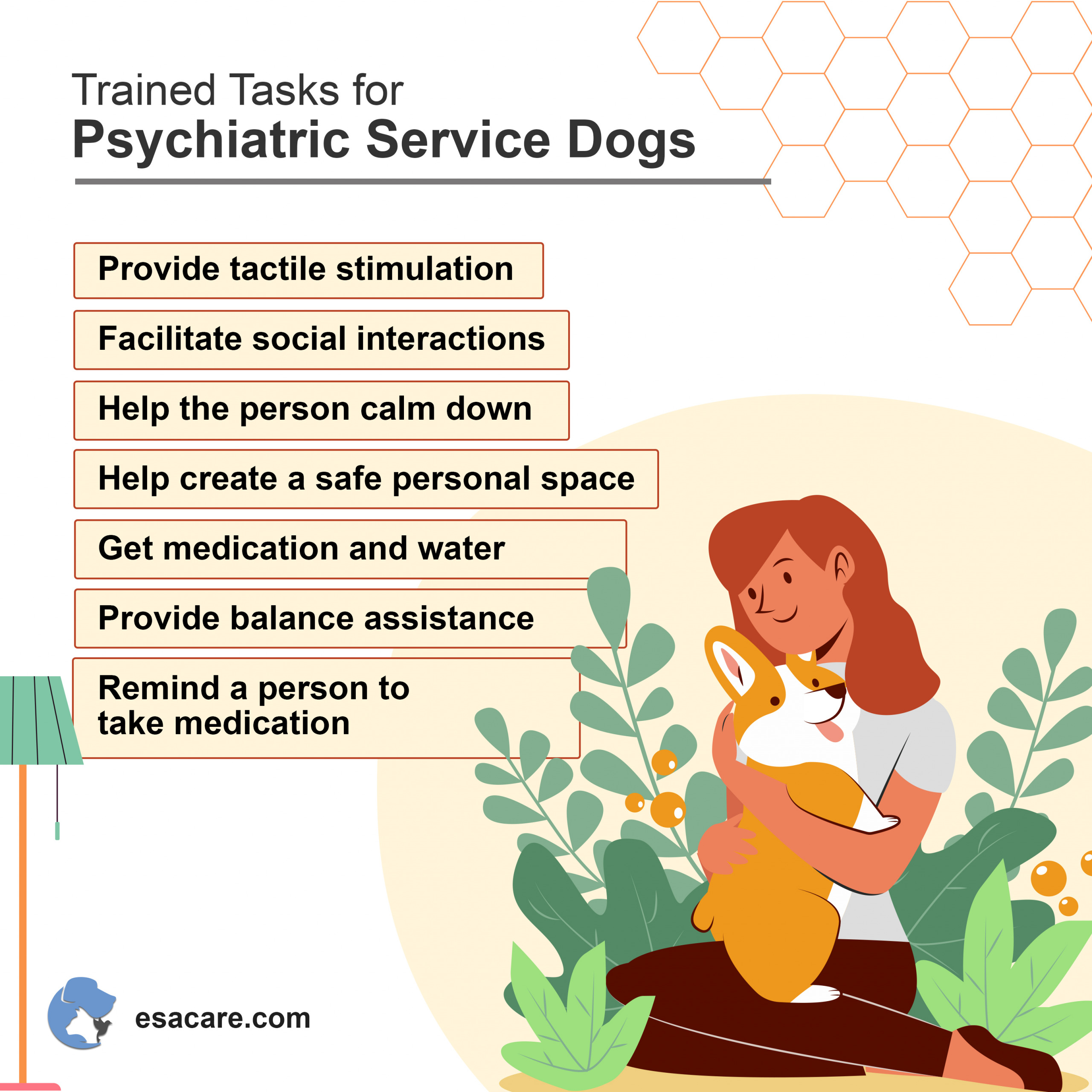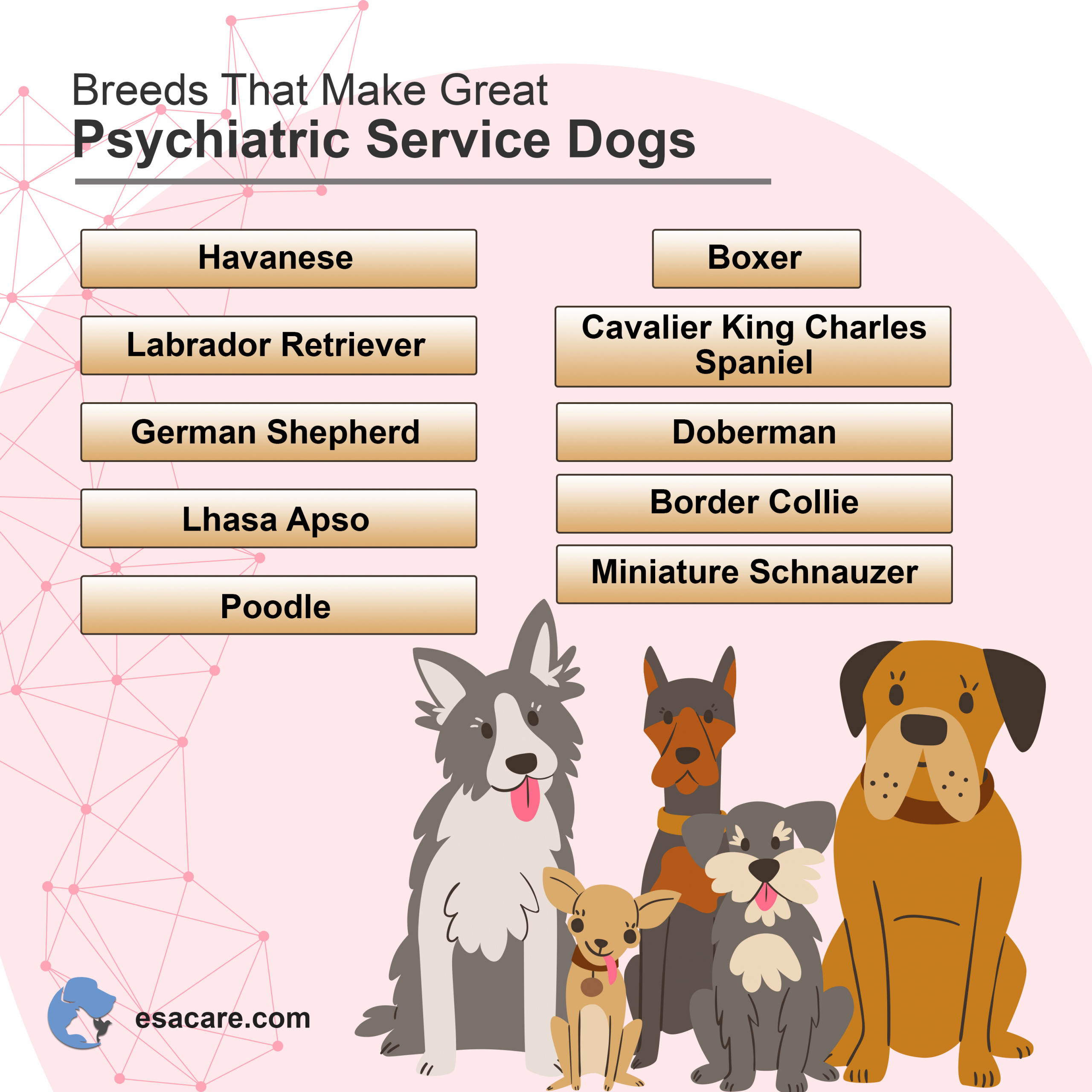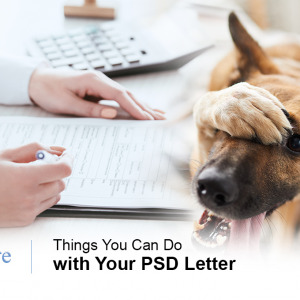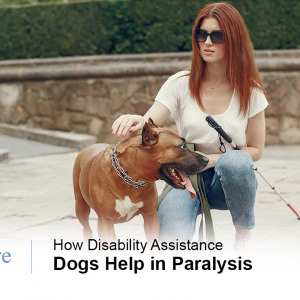10 Easy Ways to Train Your Psychiatric Service Dogs
Psychiatric service dogs are essential to support individuals living with various emotional and psychological disabilities. Like their human counterparts, these animals require constant stimulation to avoid the onset of anxiety, boredom, and depression. In addition, they need to be well trained on how to obey the handler’s commands house manners and fulfill specific tasks according to instructions given.
Get a PSD letter today to enjoy the perks of having your psychiatric service dog close to you!
How Do I Train My Psychiatric Service Dogs?
Training your psychiatric service dogs sounds like a lot of work to most people. However, it is worth investing some time and effort into the training process if you want to enjoy the health benefits of a service dog.
Below are three easy ways to train service dogs effectively.
-
Introduce Treats
A less complicated training involves rewarding positive behavior with treats, affection, and kind words. On the other hand, discourage negative behaviors by denying small pleasures or using any other form of punishment.
-
Take Your Dogs to Public Places
Support animals need frequent exposure to new objects, people, and experiences to avoid feeling anxious while offering support. This form of training may involve making the animal go through specific stressors to manage fear better.
-
Behavioral Therapy
Behavioral therapy in psychiatric service dogs uses training methods to correct a behavior. For example, experts can train a dog to calm down when they get nervous in a situation.

Tasks for Psychiatric Service Dog
Common Tasks Performed by Psychiatric Service Dogs
Psychiatric service dogs help individuals experiencing various types and levels of psychiatric problems such as anxiety and post-traumatic stress disorder. By using the animal to alleviate symptoms associated with these disorders, patients concentrate better on their activities and issues that often interfere with their lives.
Some of the main tasks assigned to psychiatric service dogs include;
-
Constant Companion
It can become challenging for individuals who experience severe symptoms daily to concentrate on anything else except for the symptoms themselves. Thus, the help offered by a support animal ensures that their concentration is on other aspects of their lives and not on the symptoms.
-
Help Anxiety Patients Minimize Repetitive Behavior
It is common for anxiety patients to exhibit repetitive traits such as excess eating, sleeping, and even talking. In such a scenario, using a service dog keeps patients occupied, leading to reduced stress levels and proper management of symptoms.
-
Help Control Panic Attack
Service dogs help individuals suffering from panic attacks by becoming a source of security. In this sense, even if the dog is not trained to use physical force or contact the patient experiencing a seizure, having an animal nearby reduces the effects of such attacks as it acts as a calming factor.
PSDs can help you to deal with PTSD. Click the button below to get your PSD letter.
Can you Train a Psychiatric Service Dog Yourself?
Most handlers struggle with how to keep a dog healthy and well-trained. The good thing is that ADA (Americans with disabilities) recommends dog owners to self-train their support dogs if need be. Even so, training a dog at home requires a lot of dedication, time, and skill. Altogether, keep in mind the physical benefits of a service dog to its owner. The dog needs to be taught basic commands like sit, stay, come, heel, and down during the process.
The owner also has to train them on behaving or staying calm in public and private settings. We cannot contest that inexperienced handlers find it tough balancing training and keeping a dog healthy and happy. Do not try to teach them more than one command at a time. Once you have prepared one order, move to the next only after the dogs master the previous one consistently.
It is fun and rewarding to see your psychiatric service dogs responding promptly to your commands in the long run. Here are ten ways you should incorporate in training for guaranteed health benefits of service dogs and keeping them happy.
1. Occupy Them with Tasks
One of the best ways to keep your service dog busy is by providing mental stimulation that requires concentration. These can range from simple tricks like sitting in a certain way, shaking hands, or performing actions on command.
2. Keep Them Well Exercised
If you wonder how to keep your dog healthy, consider playing or taking them for a walk daily. The activity helps the animal bond well with its owner, stretches its muscles, and keeps them relaxed. Popular pastime activities include tug of war or playing with various toys like rubber balls, rope, or even old clothes.
3. Spend Time With Your Dog
This will help build a stronger bond with them and have fun together. A sure way to do this is by taking them out with you on errands or to dog-friendly locations. Your dog needs this for its emotional and psychological health because it can make them happy and content to be around you, their owner.

Psychiatric Service Dog Breeds
4. Know-How to Manage their Behavior
If your dog is acting out of control or misbehaving, you need to know how to handle the situation. You can do this by knowing what sets them off or why they sometimes act the way they do. The idea is to correct their destructive behaviors before further damage. Then, create a schedule that your dog can follow and stick to it to know what is expected of them and you.
5. Feed them Well
If you are miserable about keeping a dog healthy and happy, prioritize feeding them nutritious meals. When adequately fed, a dog becomes a better companion and remains healthy for a long time. Make sure that your dog has healthy, high-quality food consisting of vegetables, meat, and other types of proteins.
6. Take Care of Health Needs
Ensure they get all of their vaccinations so they will not get sick. Also, take them to the vet for visits at least two times a year for an overall checkup. This way, you can keep track of their health and ensure that they are fit for the work at hand.
7. Make Obedience a Priority
Your dog needs to be able to obey commands and respond accordingly in your time of need, whether certain stimuli are present or not. Training sessions should last no longer than 10 minutes, depending on the animal’s energy level. However, the activities should be performed daily for consistency. One quickest way to achieve better results is using training treats or rewards.
Looking for a PSD Letter for your dog? Click the button below!
8. Grooming
Give your dog baths regularly, so it doesn’t feel uncomfortable, and it will also make your bond with each other more. In addition, bathing can help keep your dog clean and remove dander, which is the cause of dandruff.
9. Talk to Them
Your service dog can’t talk back, but they will, in time, learn how to respond to certain behaviors when you say certain words or phrases. This is a great way to show your appreciation for their things.
10. Train
Dog’s are intelligent creatures, and if given proper training, they can excel at whatever task lays ahead. Teach your simple dog tricks like sit, stay, heel, roll over and crawl. These activities come in handy when psychiatric service dogs need to perform these actions on command.
Conclusion
In a nutshell, these are just a few things that you can do to keep your service dog active and healthy. Remember to add some love, affection, and plenty of attention to the list. For those who fret on how to get a psychiatric service dog, look no further. Call EsaCare certified experts now for a seamless ESA care process.

Get Your ESA Letter









 347 5th Ave Suite 1402-112,
347 5th Ave Suite 1402-112,

Leave a Reply
Want to join the discussion?Feel free to contribute!